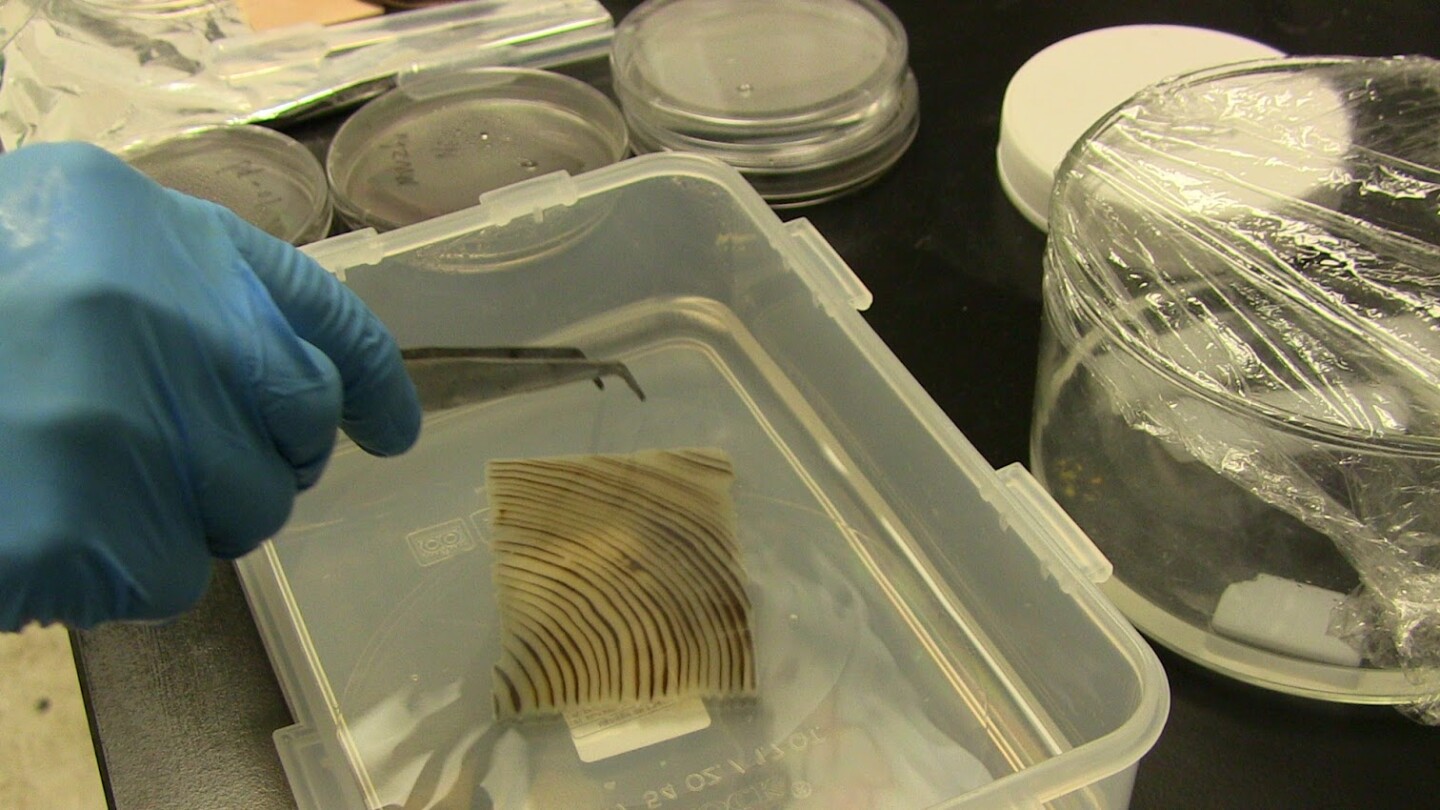Wood already has plenty to offer conventional construction methods as an inexpensive and bountiful resource, but it may soon have a new trick up its sleeve. Scientists have come up with a way to turn a block of linden wood transparent, winding up with a material that could find use in everything from cars to advanced light-based electronics systems.
Researchers at the University of Maryland developed the material by removing a molecule from the wood's makeup called lignin. This is one component of the wood cell walls that gives wood its rigidity and color, and its extraction was the same tactic that brought Swedish researchers success in their pursuit of transparent wood earlier in the year.
But where the Swedish researchers mixed the resulting colorless material with an acrylic glass, the Maryland scientists filled in the gaps with epoxy. While the lignin that made the wood strong had been removed, adding epoxy to the mix actually made the material four to six times stronger. This gave them a robust, modified wood that was not only mostly transparent, but boasted a unique set of lighting properties, too.

Treating the wood in this way gave the scientists the ability to use tissues within the material as passages to carry light. Called xylem and phloem, these transport tissues are responsible for running water and nutrients up and down trees and other vascular plants, but in the treated wood they form vertically aligned channels for light to travel through.
The researchers report that their three-inch (7.6 cm) block of wood had high transparency and also high haze, which pertains to its ability to scatter light. This kind of material could be valuable in helping solar cells to trap light, the team says. Light could penetrate easily enough through the transparent wood, but then the haze function would hold it in so it could be soaked up by the solar panel. The material could also have other applications.
"It can be used in automobiles when the wood is made both transparent and high strength," says Dr. Mingwei Zhu, the co-first author of the paper. "You could also use it as a unique building material."
The research was published in the journal Advanced Materials.
Source: University of Maryland










